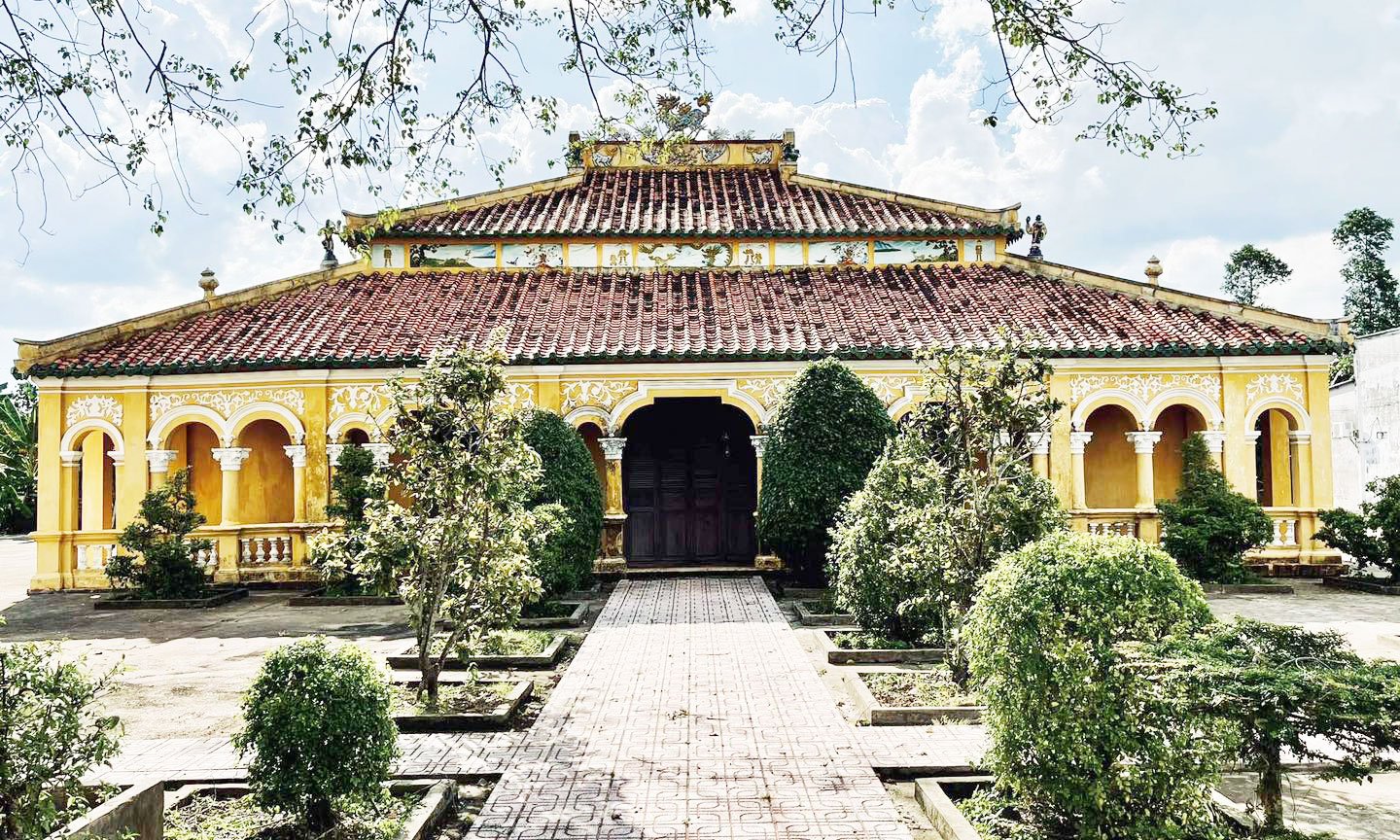 |
| My Luong ancient communal house has been restored and embellished. Source: Internet |
According to the Tien Giang Provincial Museum, in the late 18th century, My Luong land was often separated and merged. In 1806, under the reign of King Gia Long, My Luong was named My Luong Thon. By 1836, the name My Luong communal house was recorded in the land register of the Nguyen Dynasty.
Therefore, My Luong communal house was established before that, around the end of the 18th century, the beginning of the 19th century. In 1836, the communal house was included in the village land register and King Thieu Tri conferred the title “Bao an chinh truc chi than” on the communal house on November 27, 1845, this is the earliest conferment still preserved at the communal house.
According to the royal decree of the Nguyen Dynasty, My Luong communal house worships: Dong Chinh Vuong and Vuc Thanh Vuong, the two sons of King Ly Cong Uan. In addition, the communal house also worships the local Thanh Hoang Bon Canh and those who founded My Luong village. Looking at the overall architectural relic, My Luong communal house was built along the East-West axis.
The communal house gate faces east, overlooking Cai Coi River. From the road, when entering the communal house through the iron fence, there is a concrete gate that was rebuilt in 2007, above is the sign "Dinh My Luong", below the gate pillar is a pair of parallel sentences in Vietnamese: "Our ancestors built the house/Our descendants today keep the neighborhood".
The overall structure is in the shape of the letter Tam, including: Vo ca, vo quy and the main hall (main shrine) - the place to worship the gods. The system of rafters and columns has a structure in the style of a house with four pillars in the main hall. Regarding the material structure, the relic is built with traditional materials such as: Bricks, stones, wood, tiles, with adhesives made of corrugated iron and a mortise and tenon system connecting the rafters, columns, beams, and trusses together tightly, creating a very solid frame for the communal house... bearing the cultural identity of the Southern river region in the late 18th and early 19th centuries.
In terms of decoration, the communal house is decorated on the outside including on the ridges, eels, swallows at the gables, between the eaves and the ends of the tiled roofs. On the ridges, the eels are decorated with the four sacred animals: Dragon, Unicorn, Turtle, Phoenix such as: "Two dragons fighting for a pearl", "Fish transforming into dragons attending the eight trigrams", below the eel's body, the ridges are decorated with the four noble animals: Apricot, orchid, chrysanthemum, bamboo, flowers, leaves, pine, pheasant... Along with that, the inside of the communal house is decorated mainly in the main hall, decorated on the columns, on the slant, on the altars and on the eaves.
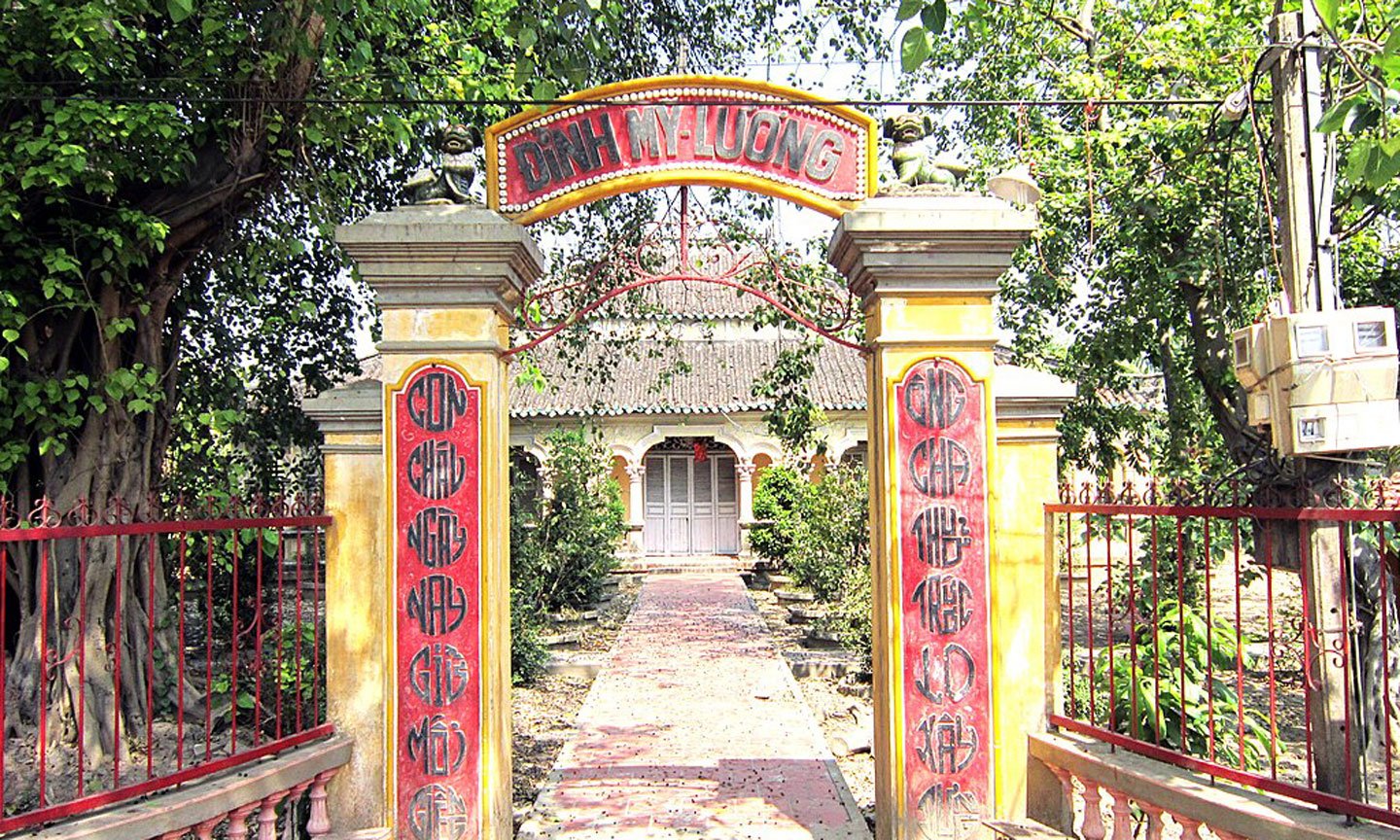 |
| My Luong ancient communal house. Source: Internet |
On the row of pillars right at the entrance to the main hall are meticulously carved wooden panels with chrysanthemum and bird motifs. The row of pillars inside the middle room is a four-sided altar carved with motifs of the four sacred animals, four seasons, pomegranate, pear, Buddha's hand... and on the horizontal slant right at the altar room is a horizontal board with the content: "Nhu thien pho bac", dating from the 19th century. In addition, most of the altars in the main hall are elaborately carved on three sides...
The ancient artisans wished for their homeland and village to last forever, for their descendants to multiply, and for their life to be peaceful and happy. That is also a typical cultural feature in the architectural works of communal houses and pagodas in the South of the late 18th and early 19th centuries, which My Luong communal house still preserves today.
At the same time, during the resistance war against the US to save the country, the communal house was also a solid revolutionary base of the locality. Currently, the communal house still preserves the altar of the god, which was made into a secret bunker for local leaders to take refuge in during the enemy's sweeps from 1965 to 1975.
After April 30, 1975, local people and elders in the Commemoration Committee of the communal house brought the list of martyrs of the commune to worship at the communal house from 1977 until now. In particular, on War Invalids and Martyrs Day, July 27 every year, people of My Luong commune solemnly organize the Memorial Day of Heroic Martyrs, with a large number of relatives and families of martyrs in the commune attending.
In order to protect and promote the architectural relic of My Luong communal house, on March 10, 2000, the People's Committee of My Luong commune established the Communal House Management Board, responsible for preserving, protecting and organizing the communal house's festivals and introducing it to visitors. The Board consists of 17 members, chaired by a veteran local official.
Since its establishment, the communal house management board has carried out many renovations, so the communal house has become more and more spacious. In addition, the communal house has two traditions of worshiping Ky Yen on (15th and 16th of the 3rd lunar month) and worshiping Thuong Dien on (15th and 16th of the 11th lunar month) which are maintained annually.
To have a legal basis for long-term protection of the relic site, Cai Be District People's Committee coordinated with the Provincial Relic Management Board to conduct an inventory, prepare a dossier and submit it to the Provincial People's Committee to issue a decision to rank it as a Provincial Relic on July 25, 2005.
In order to exploit and promote the values of the relic associated with tourism development, the People's Committee of Tien Giang province approved My Luong communal house located in Zone II of the province, with tourist attractions: Cai Be floating market, ancient houses, traditional craft villages, Uncle Ho's shrine, Hoa Loc mango garden, orange and tangerine gardens along Tien river.
With its unique architectural art, the communal house is not only a sacred place of worship for generations of My Luong people, but also a witness to many historical changes, a symbol of the soul of the countryside deposited through each carving and each layer of dust of time.
Therefore, the architectural and artistic relic of My Luong communal house has a very important historical and cultural significance for the people of Cai Be district, Tien Giang province in particular and the people of the Mekong Delta region in general. It needs to be preserved, conserved and promoted by local authorities and sectors in the coming time.
LIGHTHOUSE
Source: https://baoapbac.vn/van-hoa-nghe-thuat/202506/ve-tham-dinh-co-my-luong-1046100/


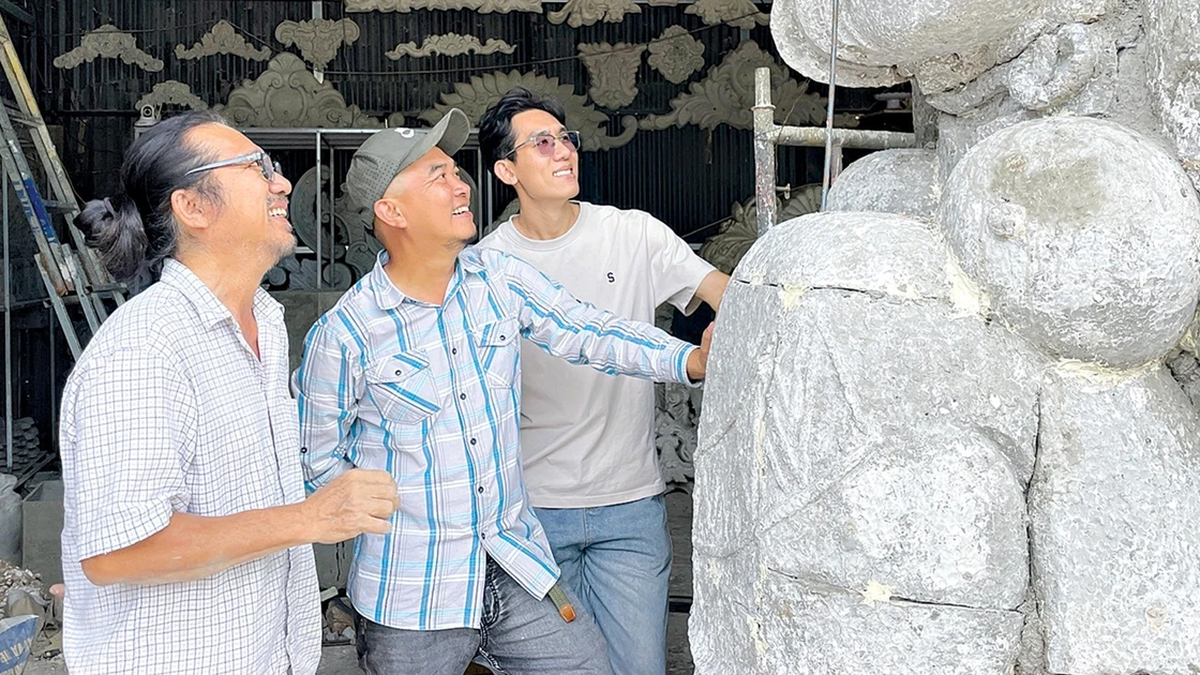
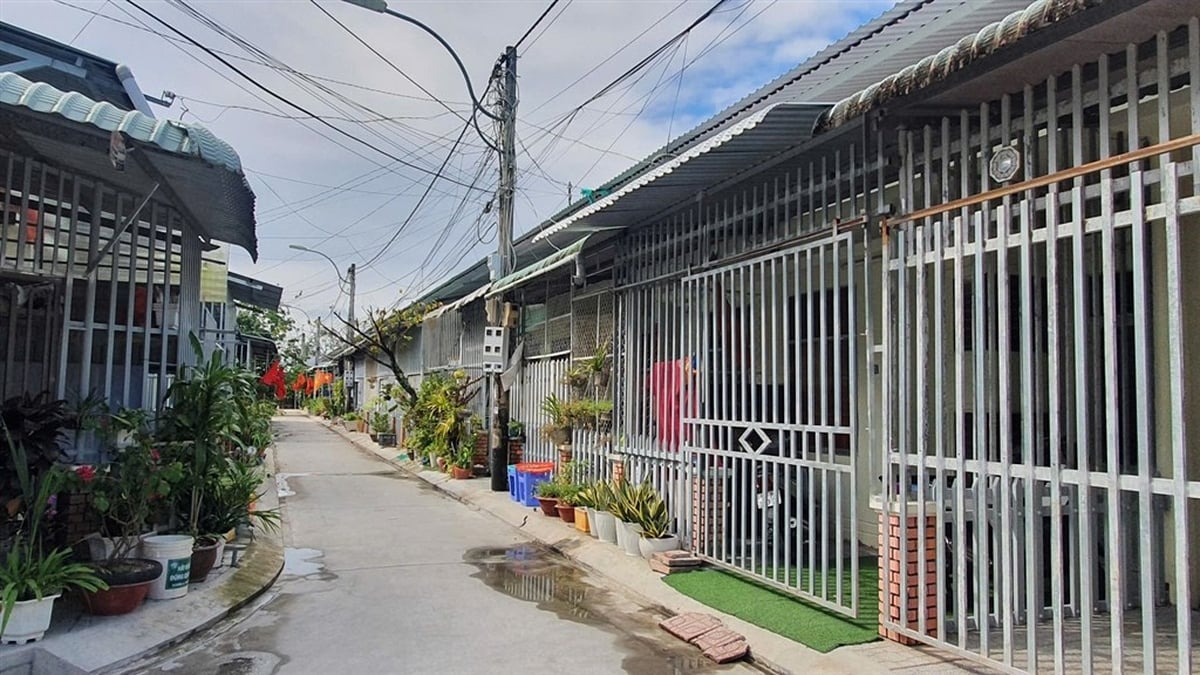
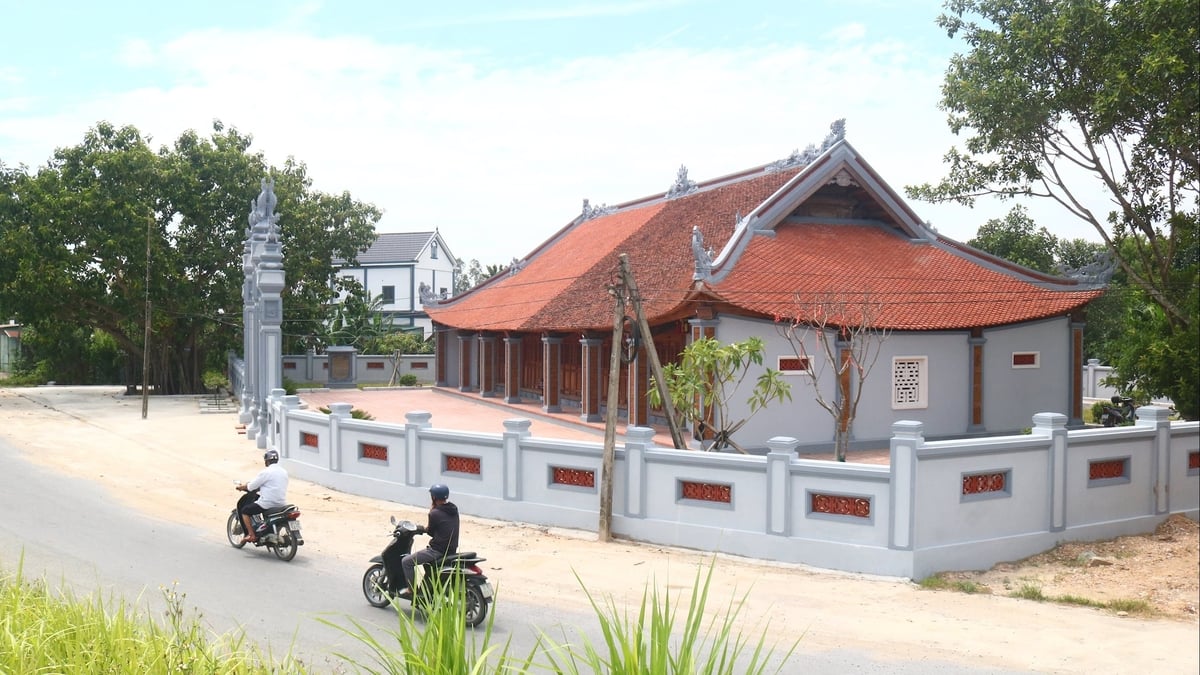
![[Photo] President Luong Cuong receives Finnish Ambassador to Vietnam Keijo Norvanto](https://vphoto.vietnam.vn/thumb/1200x675/vietnam/resource/IMAGE/2025/8/15/9787f940853c45d39e9d26b6d6827710)
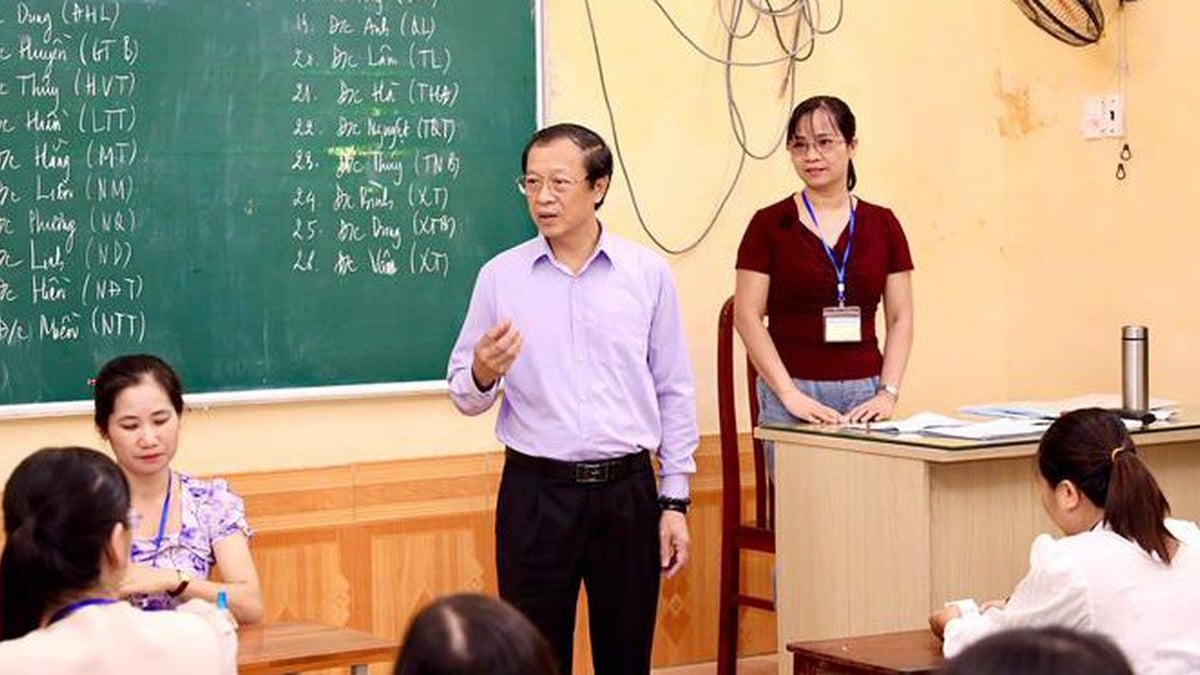
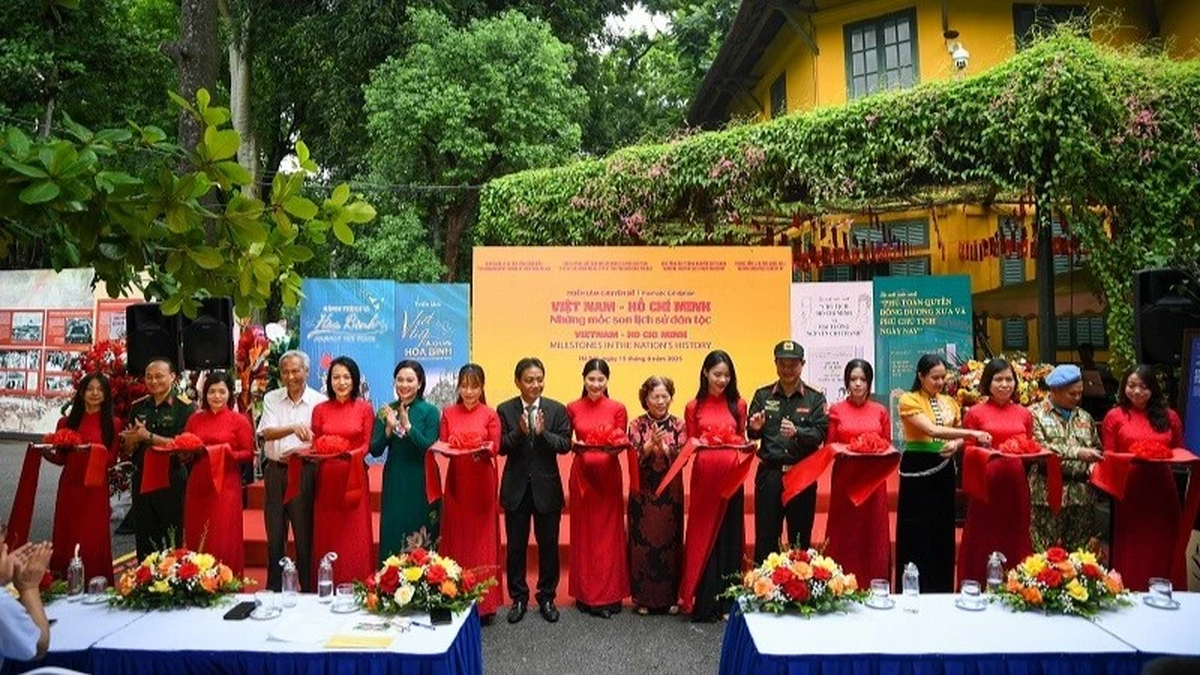



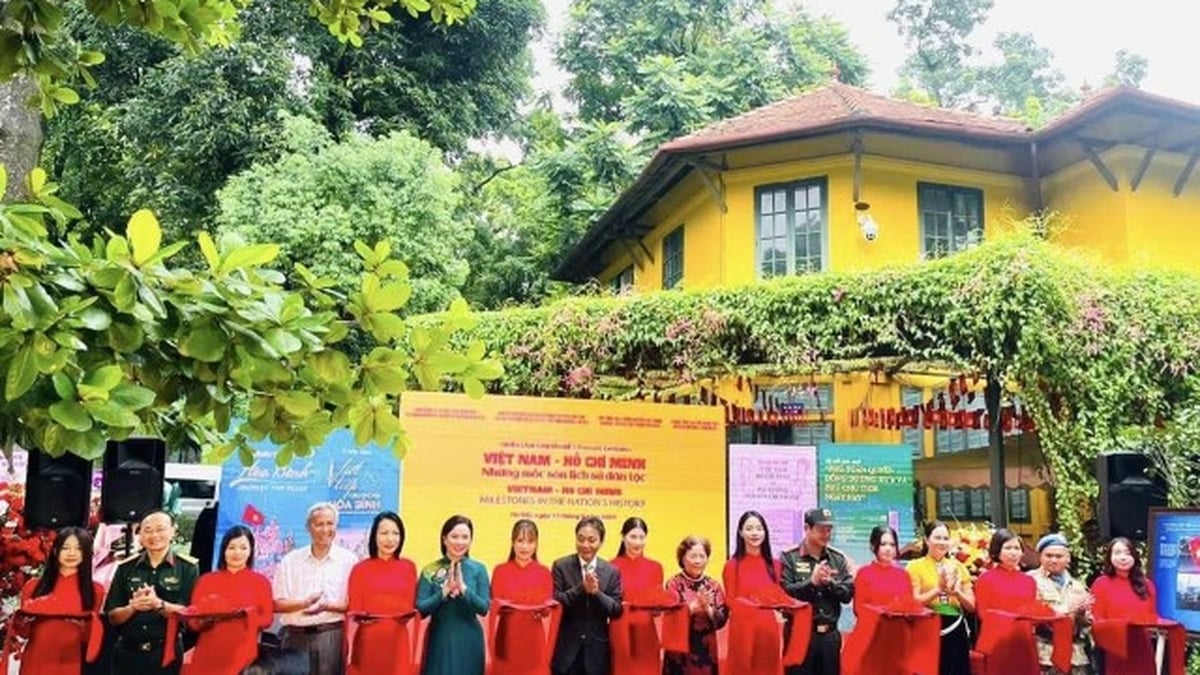










![[Photo] The special solidarity relationship between Vietnam and Cuba](https://vphoto.vietnam.vn/thumb/1200x675/vietnam/resource/IMAGE/2025/8/15/5f06c789ab1647c384ccb78b222ad18e)


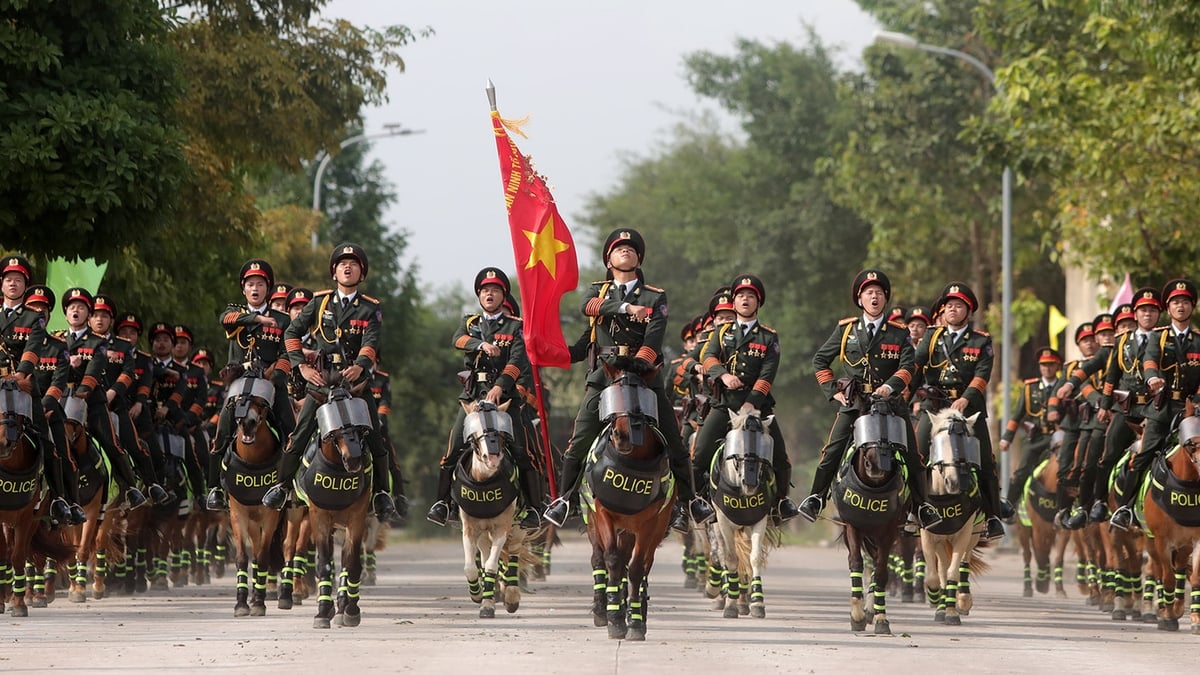
![[Photo] Binh Khanh Bridge Ho Chi Minh City is ready to reach the finish line](https://vphoto.vietnam.vn/thumb/1200x675/vietnam/resource/IMAGE/2025/8/14/b0dcfb8ba9374bd9bc29f26e6814cee2)




![[Photo] Firmly marching under the military flag: Ready for the big festival](https://vphoto.vietnam.vn/thumb/1200x675/vietnam/resource/IMAGE/2025/8/15/86df2fb3199343e0b16b178d53f841ec)
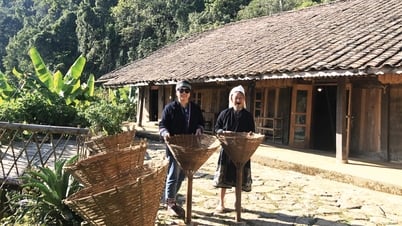





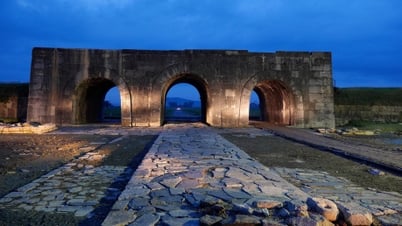






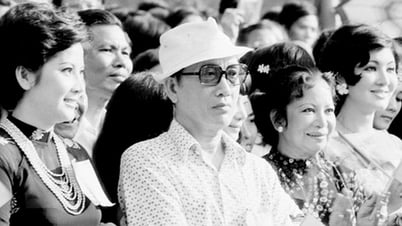







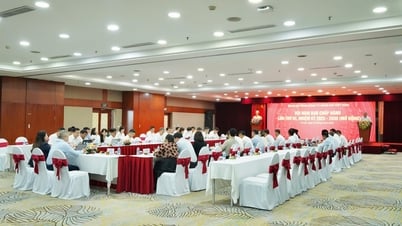




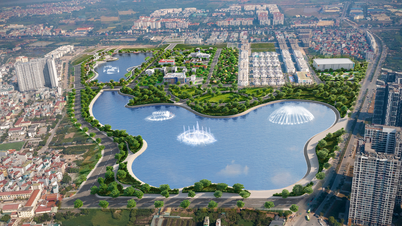




![[Photo] President Luong Cuong receives Finnish Ambassador to Vietnam Keijo Norvanto](https://vphoto.vietnam.vn/thumb/402x226/vietnam/resource/IMAGE/2025/8/15/9787f940853c45d39e9d26b6d6827710)




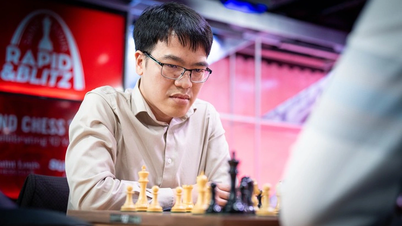


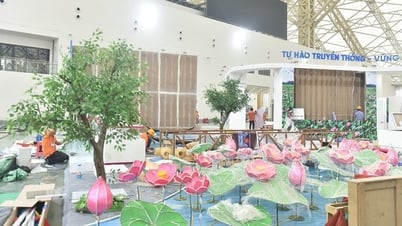


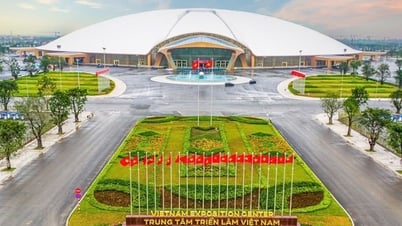
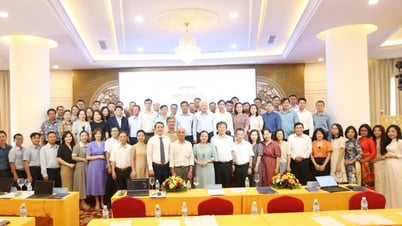
























Comment (0)